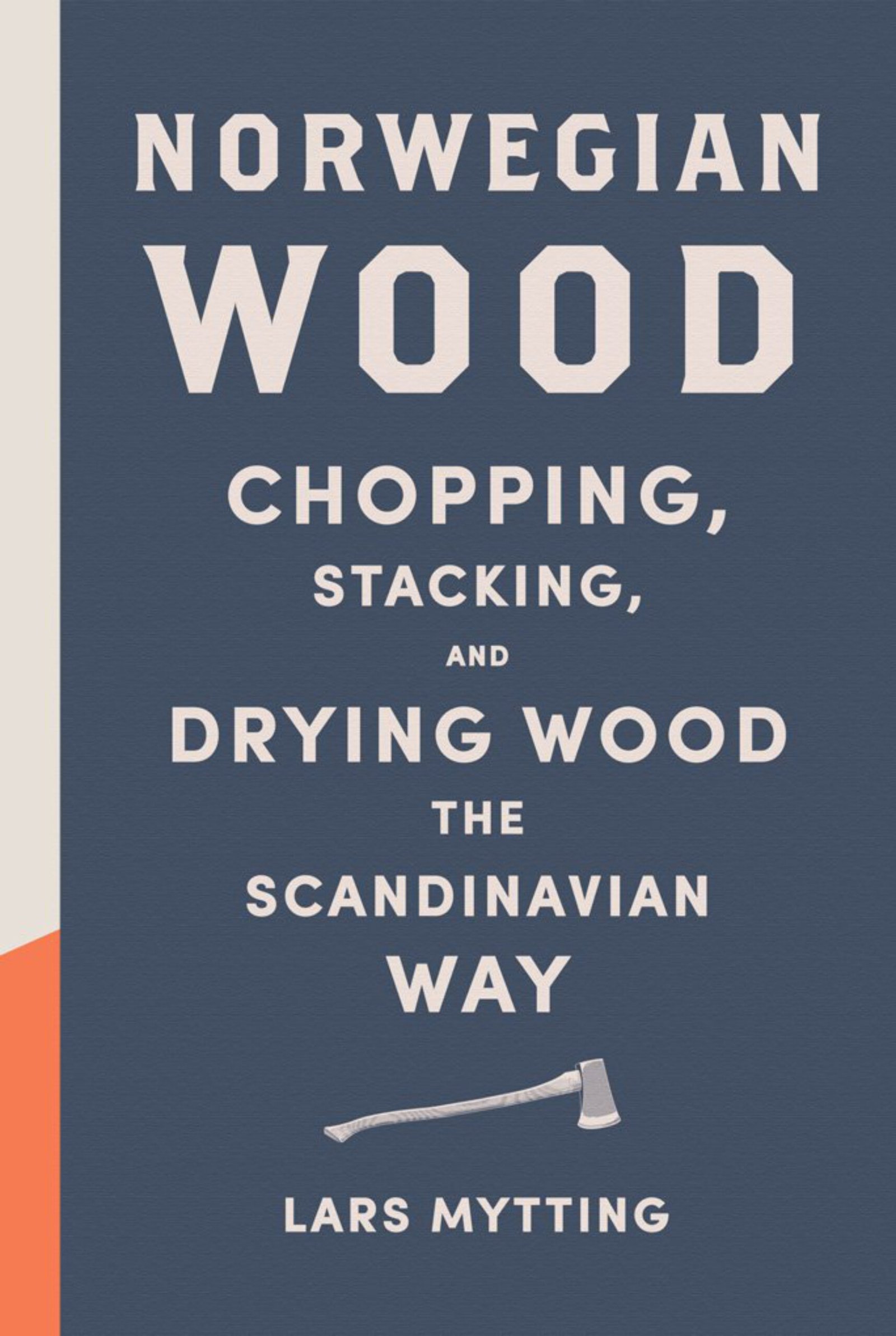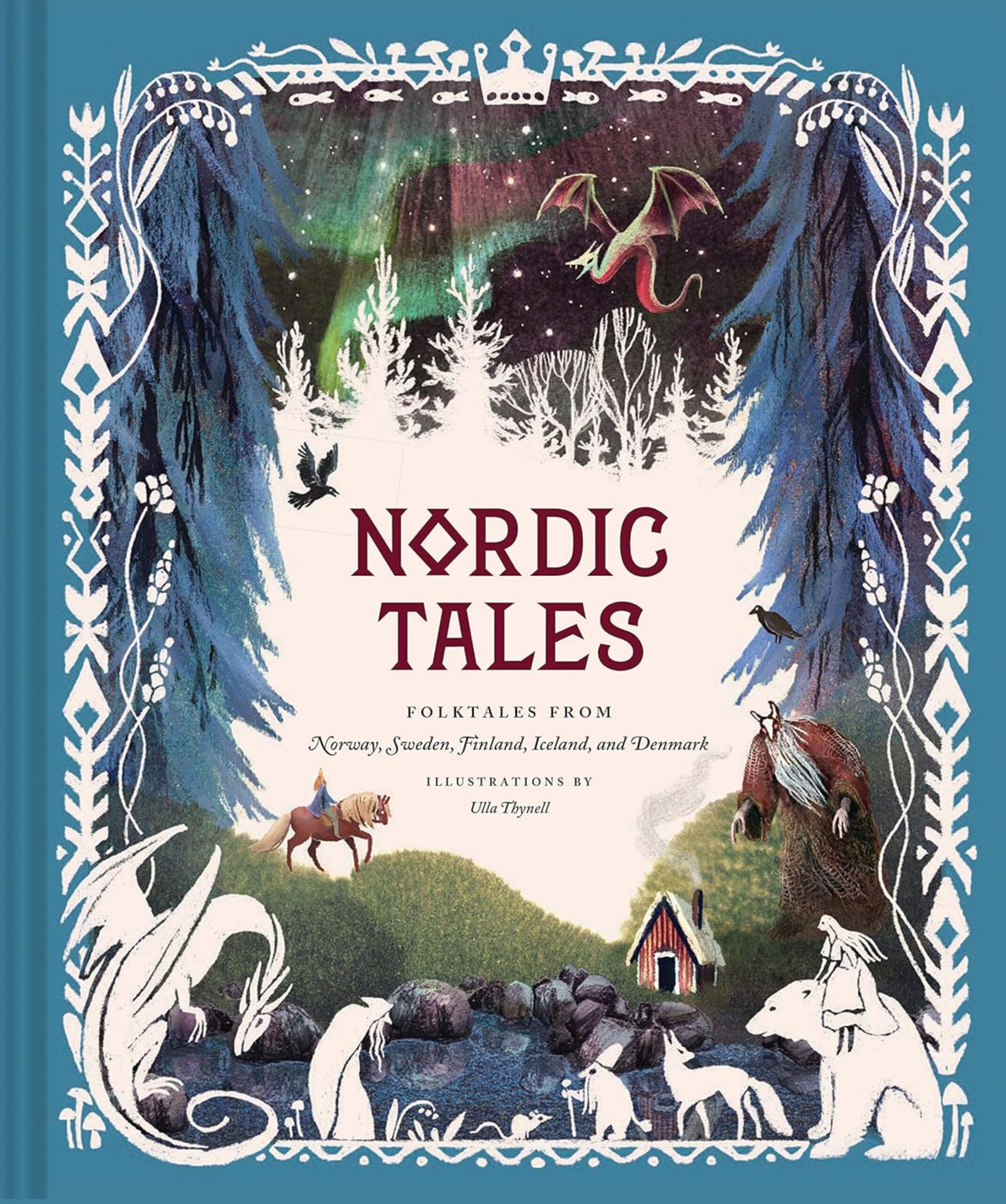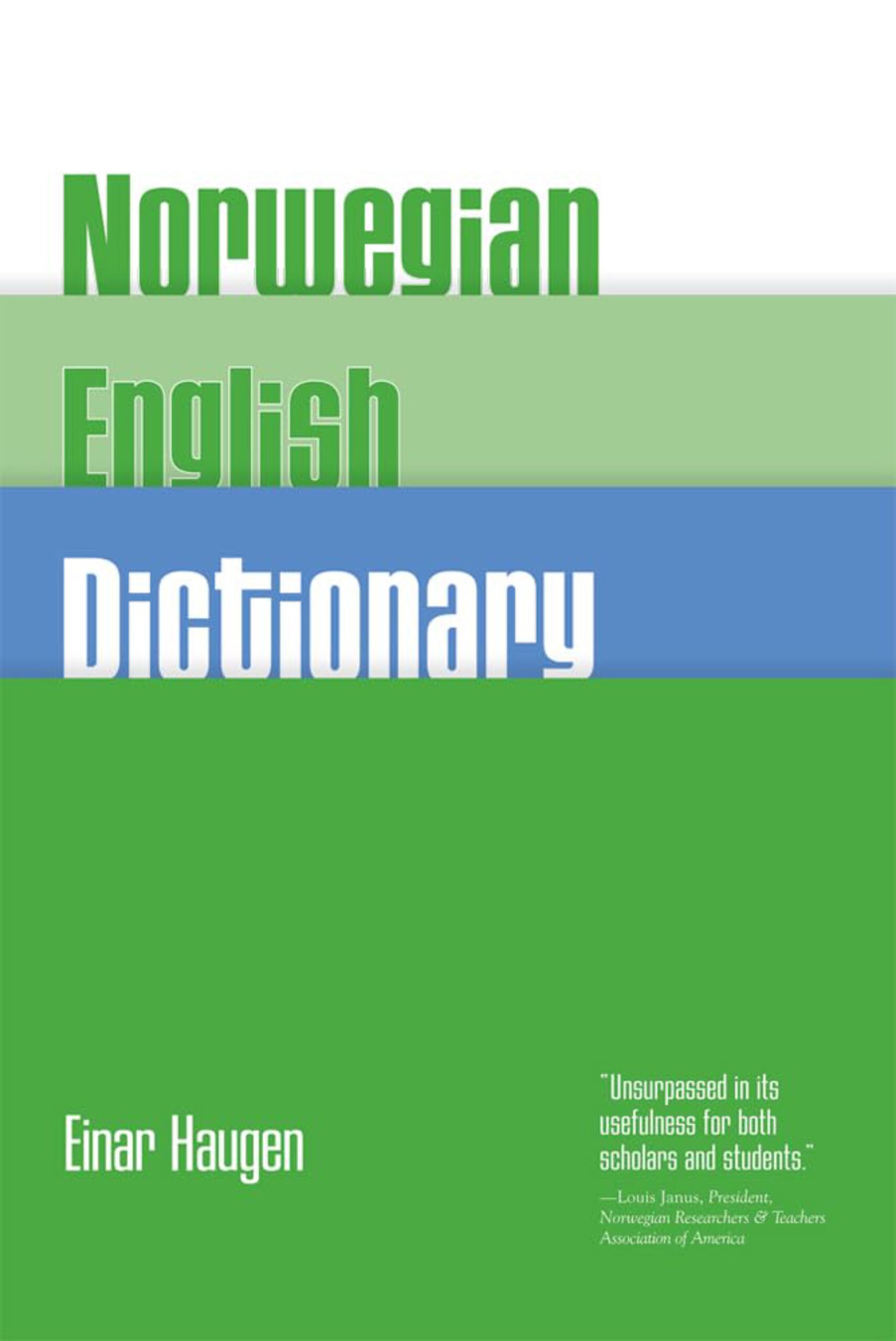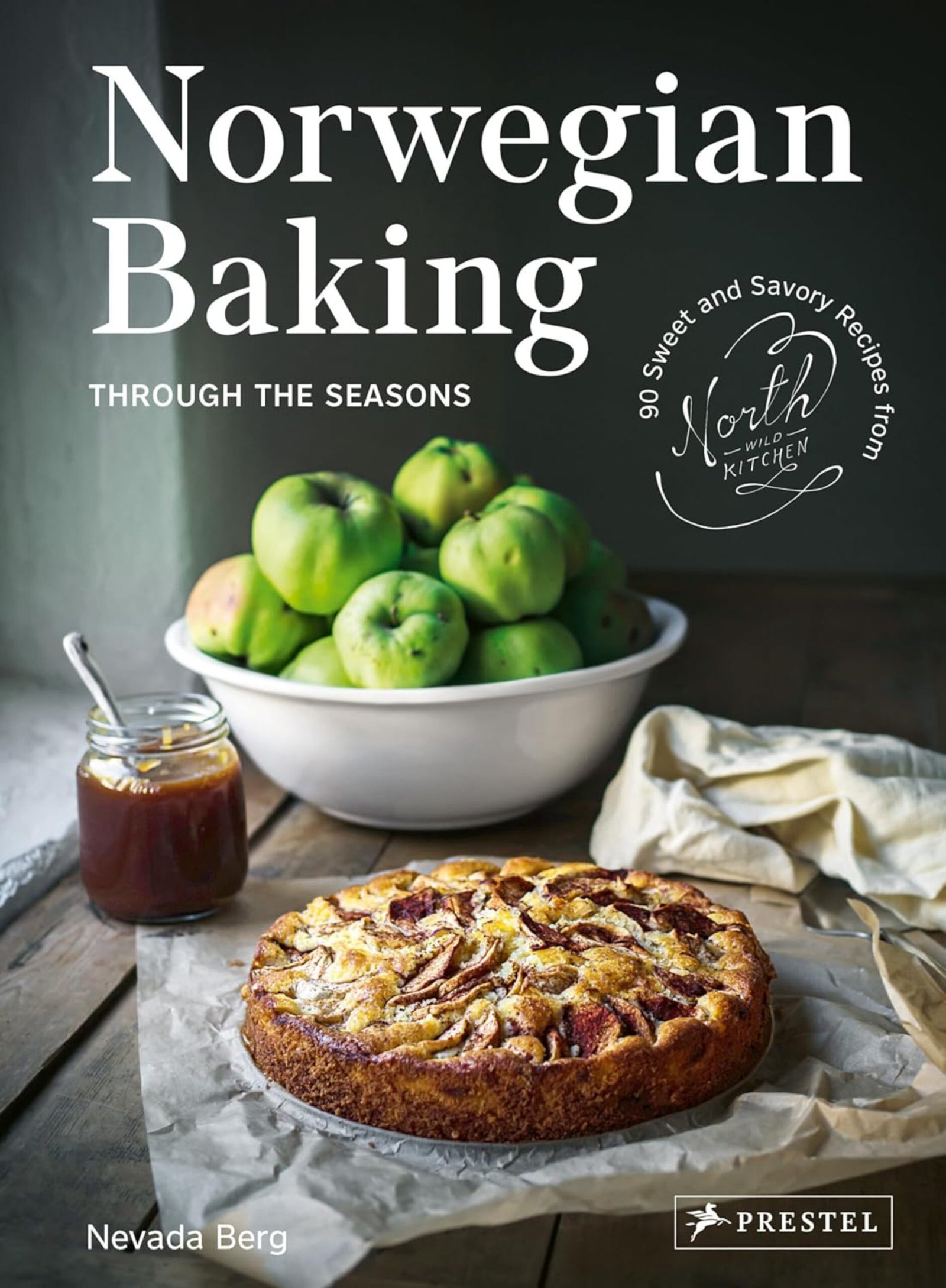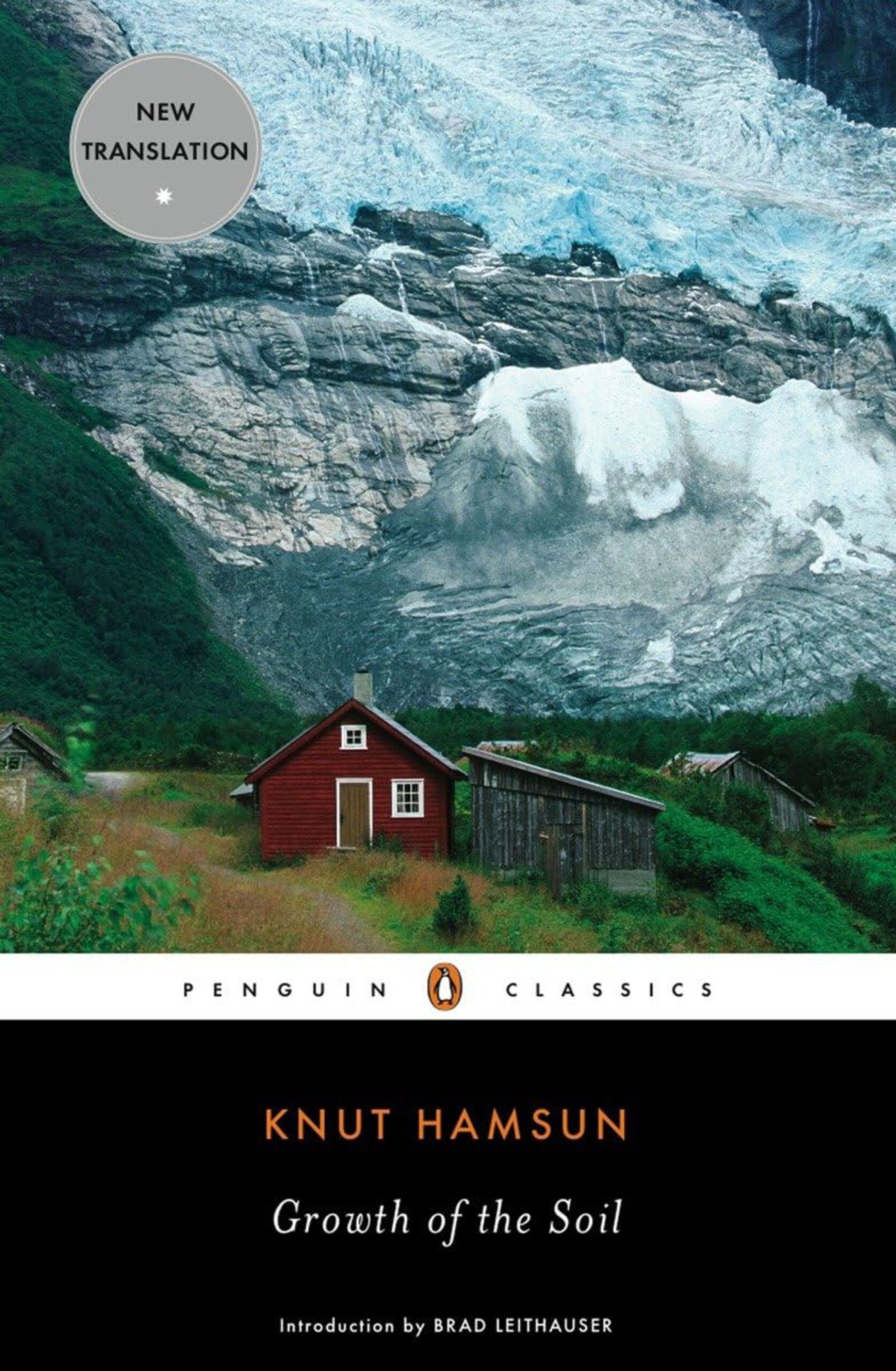A global backup facility
The majestic Svalbard archipelago – part of the Kingdom of Norway – rises like a frozen oasis from the Arctic Ocean, midway between mainland Norway and the North Pole.
It is here, within the bowels of the permafrost landscape, that we find the Svalbard Global Seed Vault, a botanical treasure trove.
The vault is there to protect invaluable food-plant seeds, deposited from the four corners of the world: protecting them from future natural disasters.
The vault is a central backup facility, storing duplicates of seed samples kept in national, regional, and international gene banks.
More seeds every year
The Norwegian government created the Svalbard Global Seed Vault in 2008 – and fully fund the operation.
The underground facility stretches deep into a Svalbard mountain, with three identical, separate chambers, surrounded by a thick layer of solid rock.
A few times a year, the administrators open the vault to add new batches of seeds; then catalogue and store them in sealed containers, and place them in designated locations.
As of today, the vault holds almost one million samples. The samples remain the property of the gene banks that deposit them.
Mother Nature’s own freezer
Since time immemorial, Svalbard has been a magnet for explorers and hunters. With its permafrost and challenging conditions, it is home to only the hardiest of creatures.
Electrified cooling systems keep the seed vault’s temperature at minus 18 degrees centigrade. Should the electricity fail, the permafrost will keep the seeds naturally frozen at minus 5 or 6 degrees. – That is, if latter years’ temperature increases do not radically change the weather conditions in this part of the world.
To find out more about the type of seeds stored at the Svalbard facility, visit the Svalbard Global Seed Vault web portal.
EGP.00003

